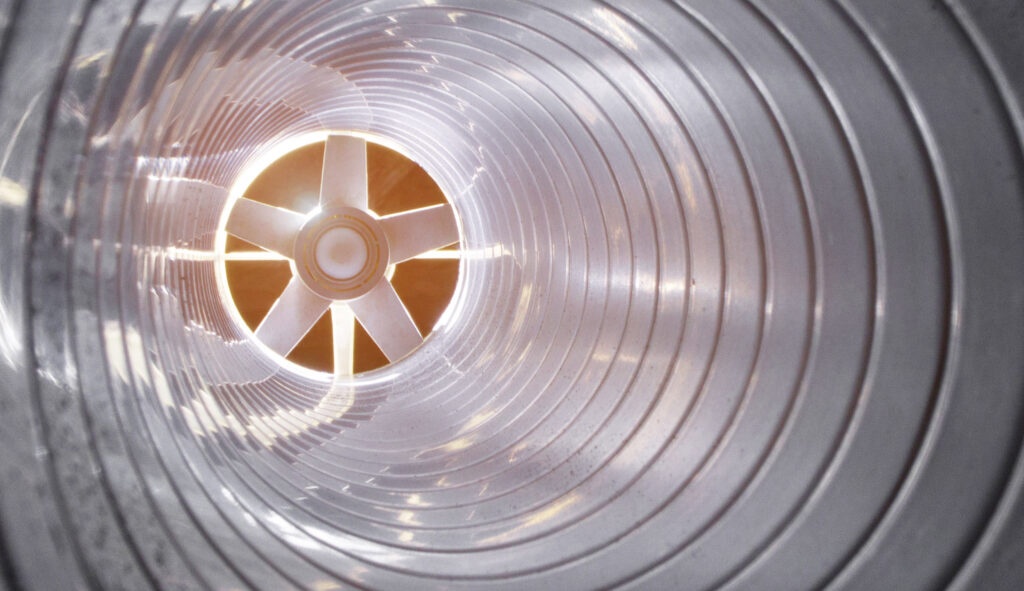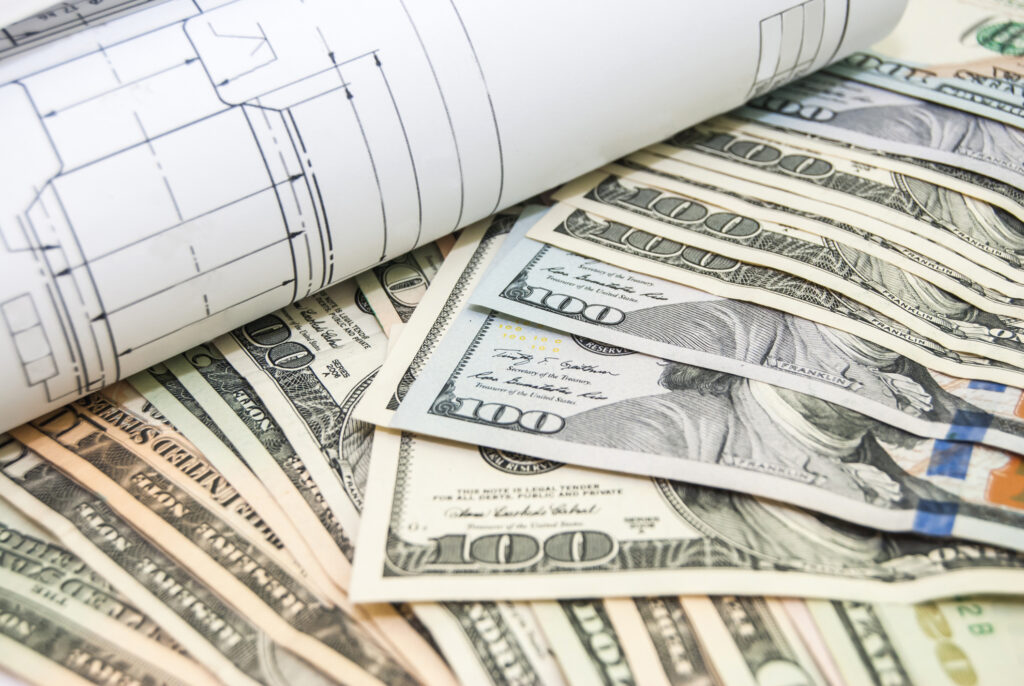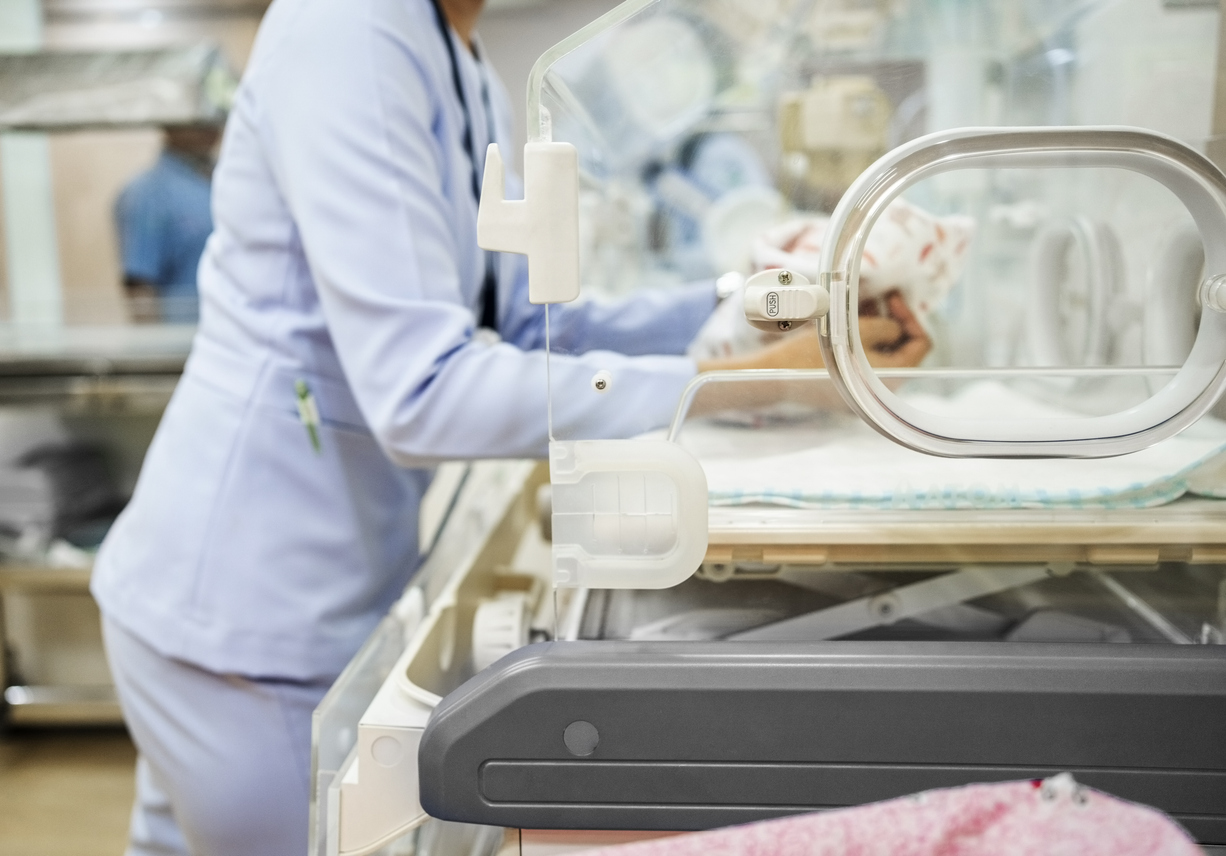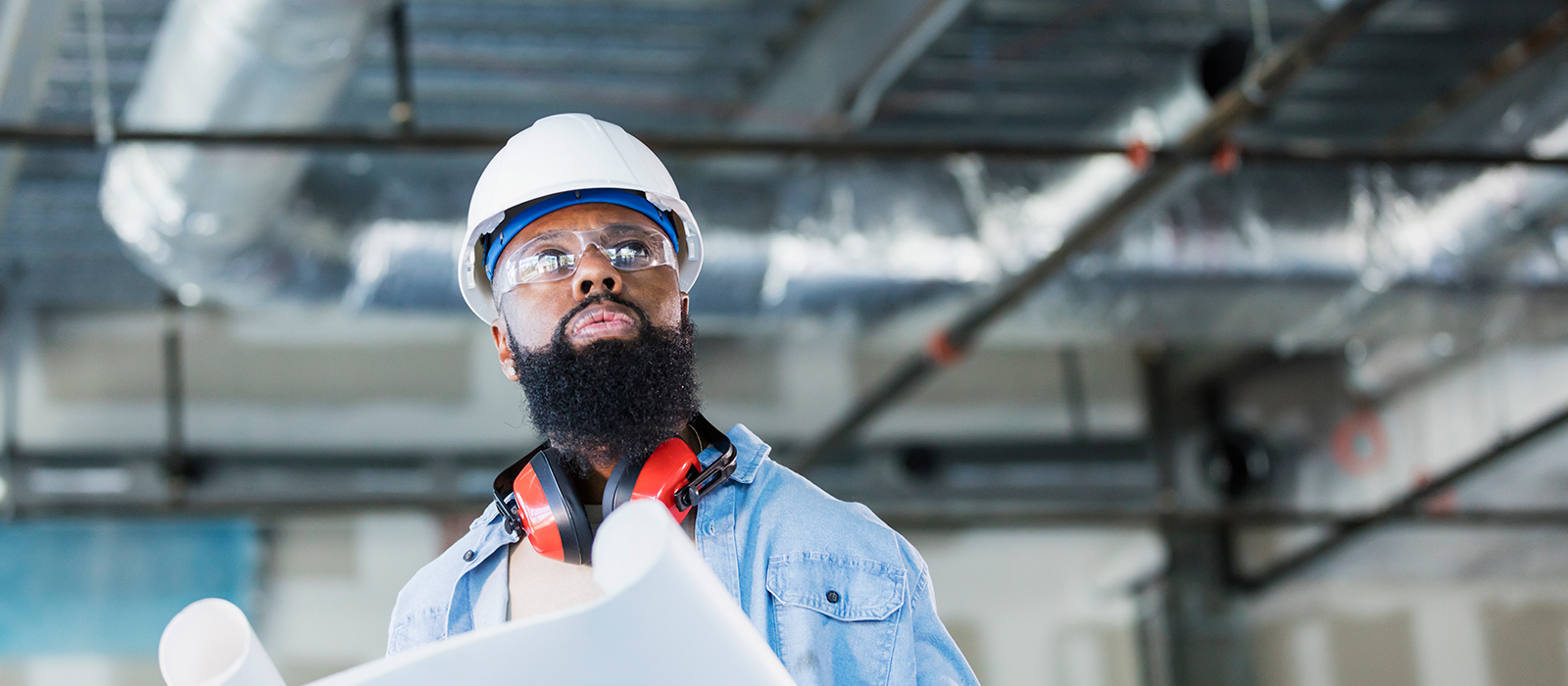Do I Need to Disinfect My HVAC System for the Coronavirus Before Re-Occupancy?

We are fast approaching a point (if we are not there already) where our collective focus will shift from supporting a work-at-home strategy to planning for employees to return to the workplace. There will be a great number of issues to address prior to that happening. From a facility management perspective, one immediate question is whether to disinfect or clean the building’s heating, ventilating and air conditioning (HVAC) system prior to re-occupancy. To answer this specific question, we will start by examining what is known about viruses and how they survive.
Viruses are Not Mold
Unlike mold, viruses are not living organisms. This is an important fact especially with regard to HVAC hygiene. Viruses are a package of nucleic acid (RNA or DNA) and other “chemicals” that hijack the cellular machinery of the host (e.g., human) to produce more viral particles (much like a parasite). Viruses cannot replicate outside the host. Therefore, they cannot proliferate on any surface in the environment, including the surfaces of an HVAC system. Contrast this with mold that is a category of living organisms capable of self-replication in the environment. This allows mold to multiply and colonize on surfaces of HVAC systems under a specific set of conditions, especially if the systems are not properly maintained.
Viruses Cannot Survive in the Environment for Long
Viruses that are in the environment are not infectious for very long, typically a range of hours to several days. Recent research has demonstrated that the novel coronavirus (SARS-CoV-2) is no longer infectious after it is exposed for a few days (approximately three) on a surface. In fact, the infectivity (ability to produce infection) decreases dramatically within hours to about one day on most surfaces. In short, SARS-CoV-2 is very fragile outside the host. This is consistent with what we know about other similar types of viruses.
Viral Particles are Not Potential Reservoirs in HVAC Systems
For the reasons noted previously, viral particles that enter the HVAC system and stick to the walls of ductwork do not create reservoirs of potentially infectious dust. More importantly, they cannot multiply and increase in number, like mold. They also tend to remain stuck to the walls of the HVAC similar to dust particles that enter the system. Once they adhere to the walls of the HVAC system, they will remain there and then, after a few hours or days, the viral particles will no longer be infectious.
Time is the Best Disinfectant
Specialized HVAC hygiene practices are not recommended prior to re-entry for many commercial office buildings. This is because many buildings have had extremely low occupancy for many weeks. Due to the passage of time any viral particles that may have made their way into the HVAC system and adhered to the surfaces are highly unlikely to be infectious when the time comes for employees to begin to return to the workplace.
Buildings with Select Circumstances May Require Additional Assessment
For many commercial office buildings, facility managers do not need to implement any specialized hygiene programs to address the potential presence of SARS-CoV-2 in the HVAC system. That is the good news. However, there may be circumstances where some level of cleaning or disinfection is warranted. For example, in high humidity environments, the respiratory aerosols that contain the infectious viral particles may persist for longer periods of time. This may protect the viral particles from degrading, maintaining their infectivity for a longer time period. Filter change out may be an activity that requires a more detailed review. So, while most commercial office buildings will not have to disinfect the HVAC systems prior to re-entry, there may be circumstances where a targeted disinfection program may be prudent. This should be determined based on a risk assessment that considers the specifics of the building’s HVAC system and the type and patterns of occupancy.
What More Should I Do Prior to Re-Occupying My Building?
This is the best time to ensure that your HVAC systems are operating properly. We know that poor performance negatively impacts indoor air quality and can result in the building being labeled a “sick building”. It is very important to make sure your systems are optimized for comfort and health. If not, occupants will experience discomfort and connect that experience with the building being “sick.” If not managed properly, it could lead to a partial closure. Now is the time to make sure the HVAC systems are operating as intended.
It is also a good time to qualify the quality of the indoor environment through a targeted inspection and testing program to insure a “clean bill of health” prior to re-occupancy. For example, aggressive disinfection efforts can introduce unwanted chemicals into the environment, which could be irritating to individuals upon re-occupancy. It will be important to ensure the appropriate amount of outside air is being supplied to the space and that it meets the EPA’s National Ambient Air Quality Standards. Also, it is useful to inspect your filtration system as well as any other elements, including humidifiers, to ensure they are fitted and operating properly.
These proactive measures are very helpful in addressing occupant’s concerns and alleviating fears about returning to the workplace. Building owners and employers will want implement measures such as these to assure occupants of their safety and avoid the risk of having their building or workspace perceived as an unhealthy environment, which could result in further disruptions to operations.
EH&E is a leader in indoor environmental quality assessment and management. Our services are designed to help building owners and managers develop an effective strategy to addresses people’s perceptions about environmental risk in a facility. If you need assistance with preparing your facility for re-occupancy, contact us today.
Subscribe
to our blog
"*" indicates required fields




